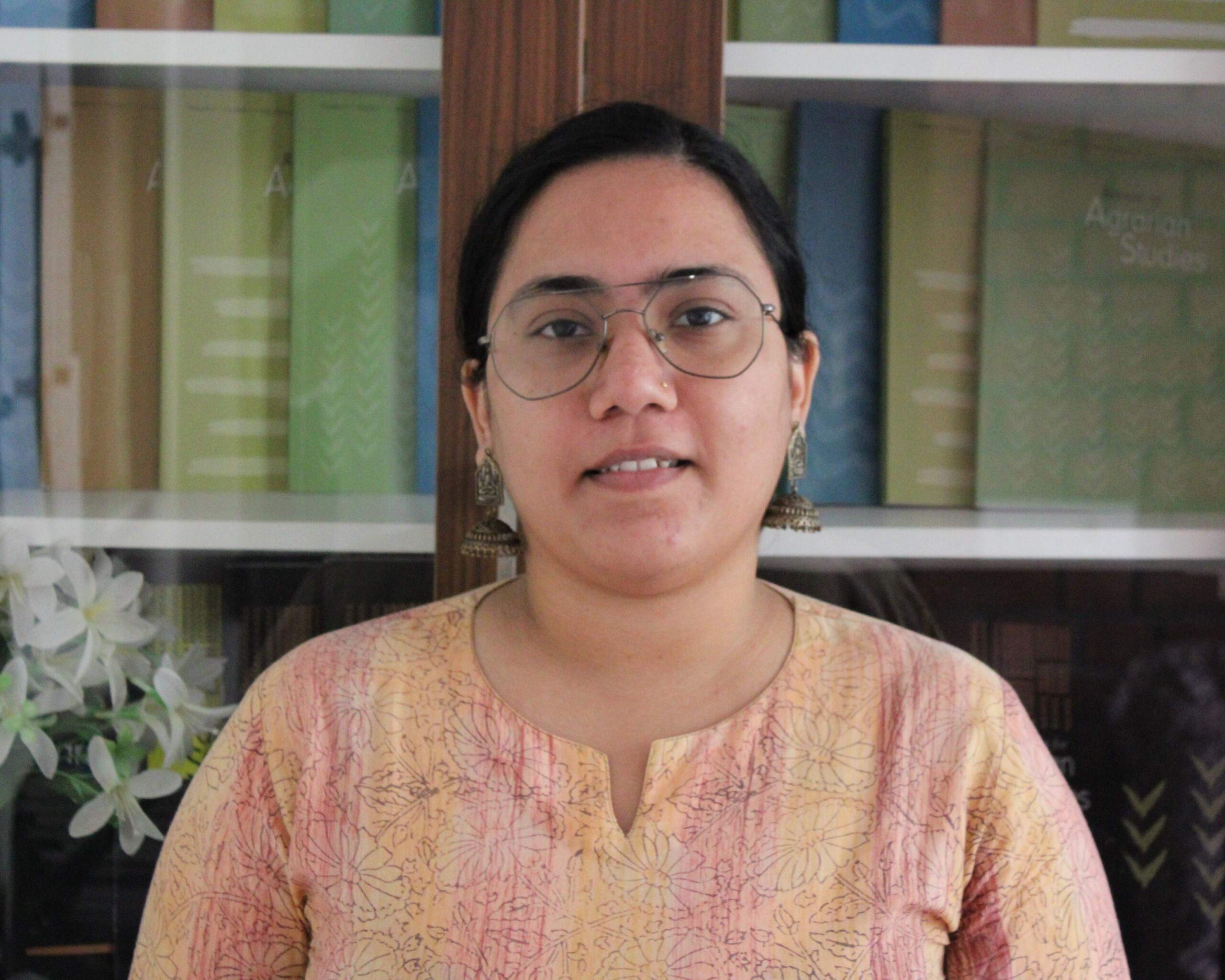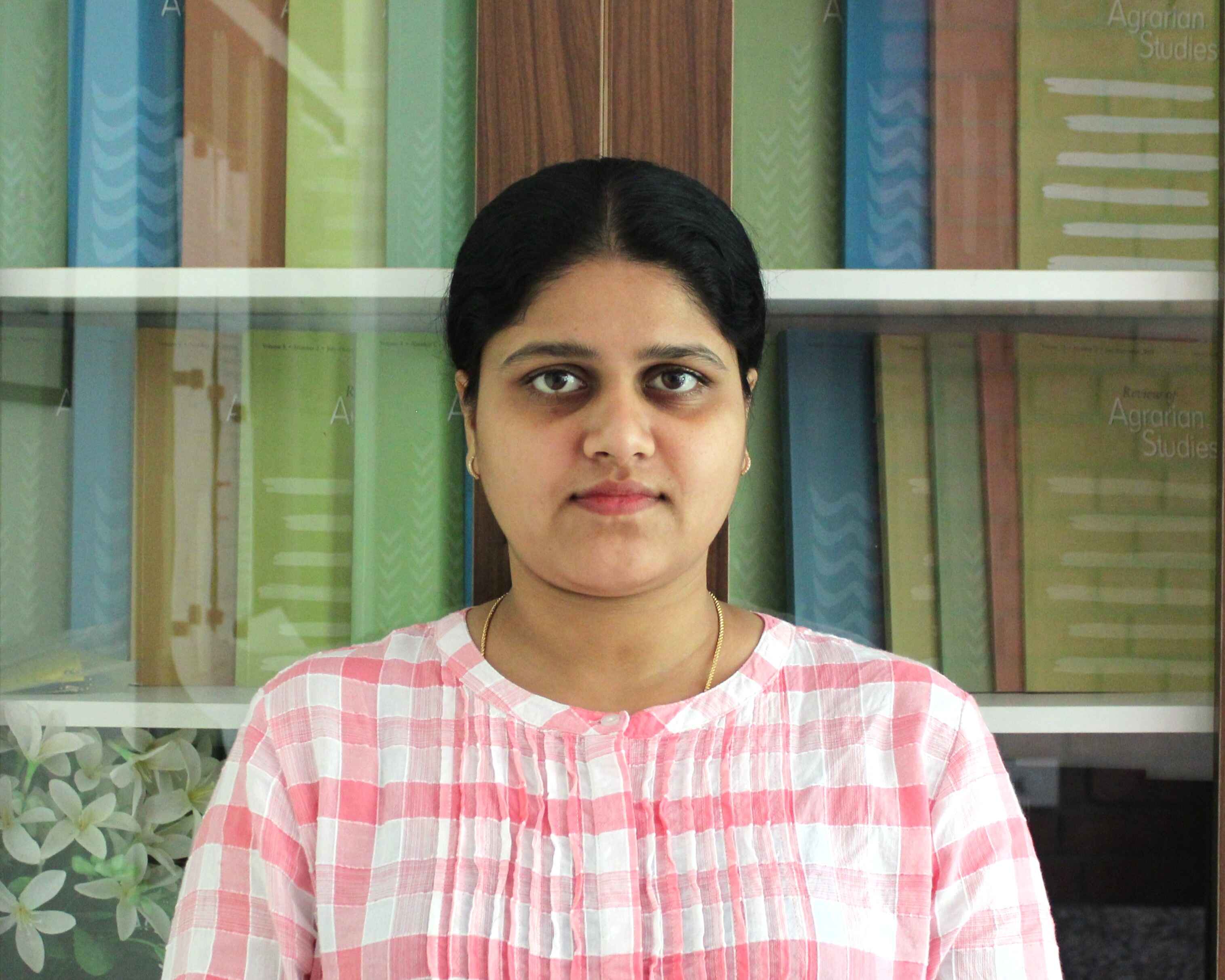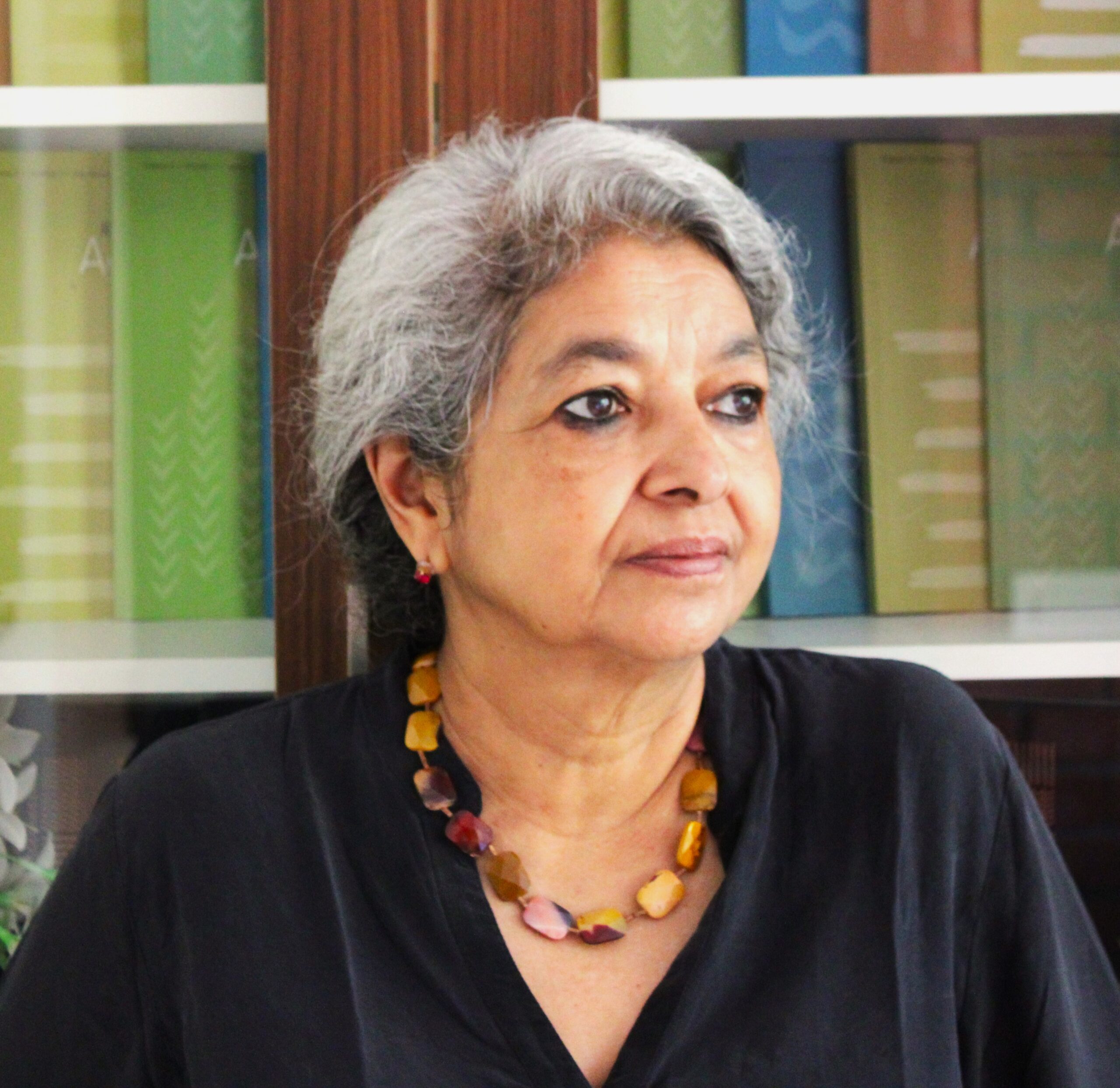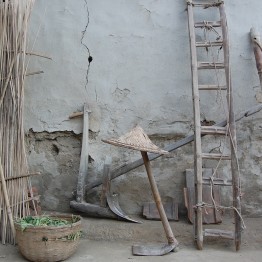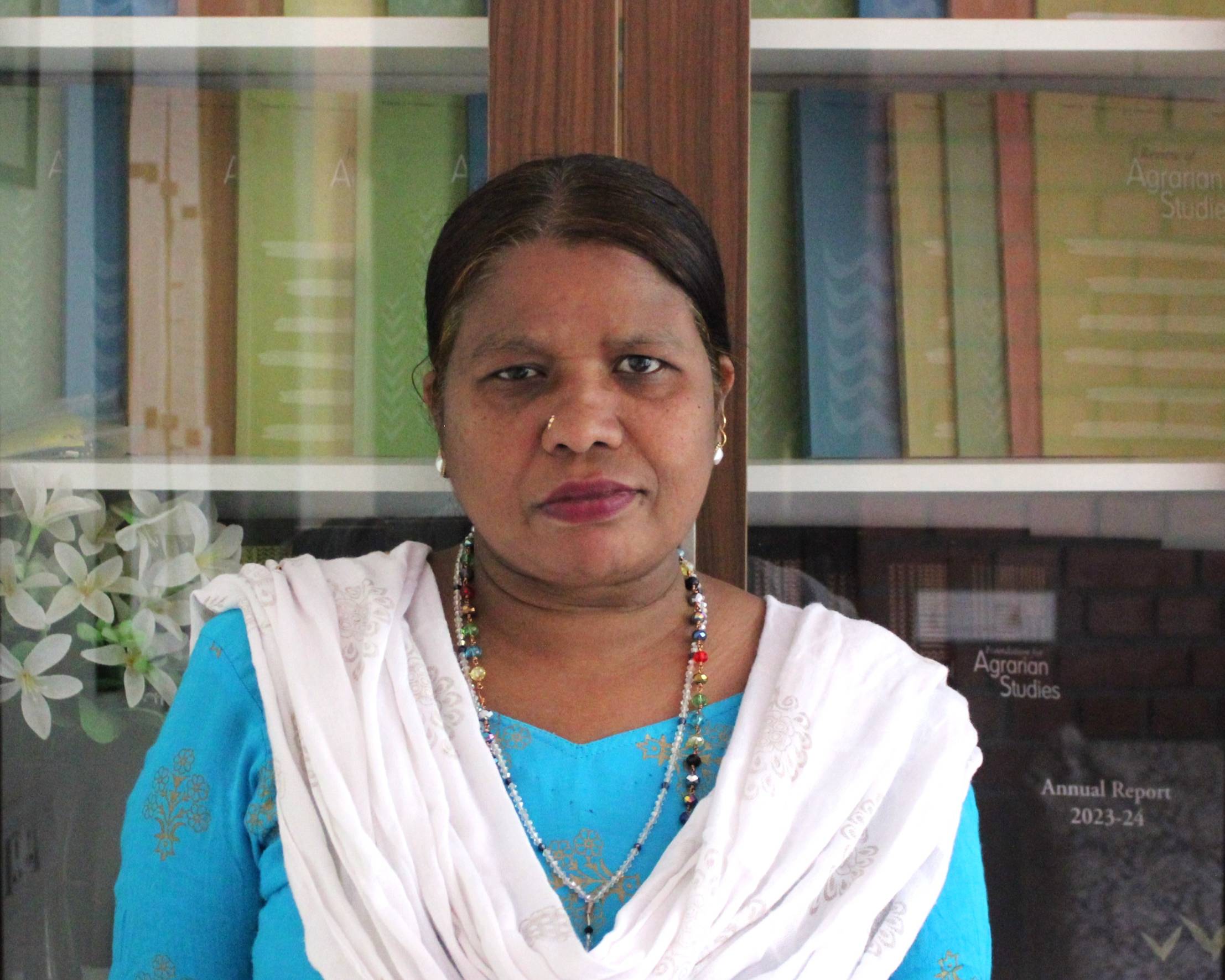Impact of Covid-19 on Rural India
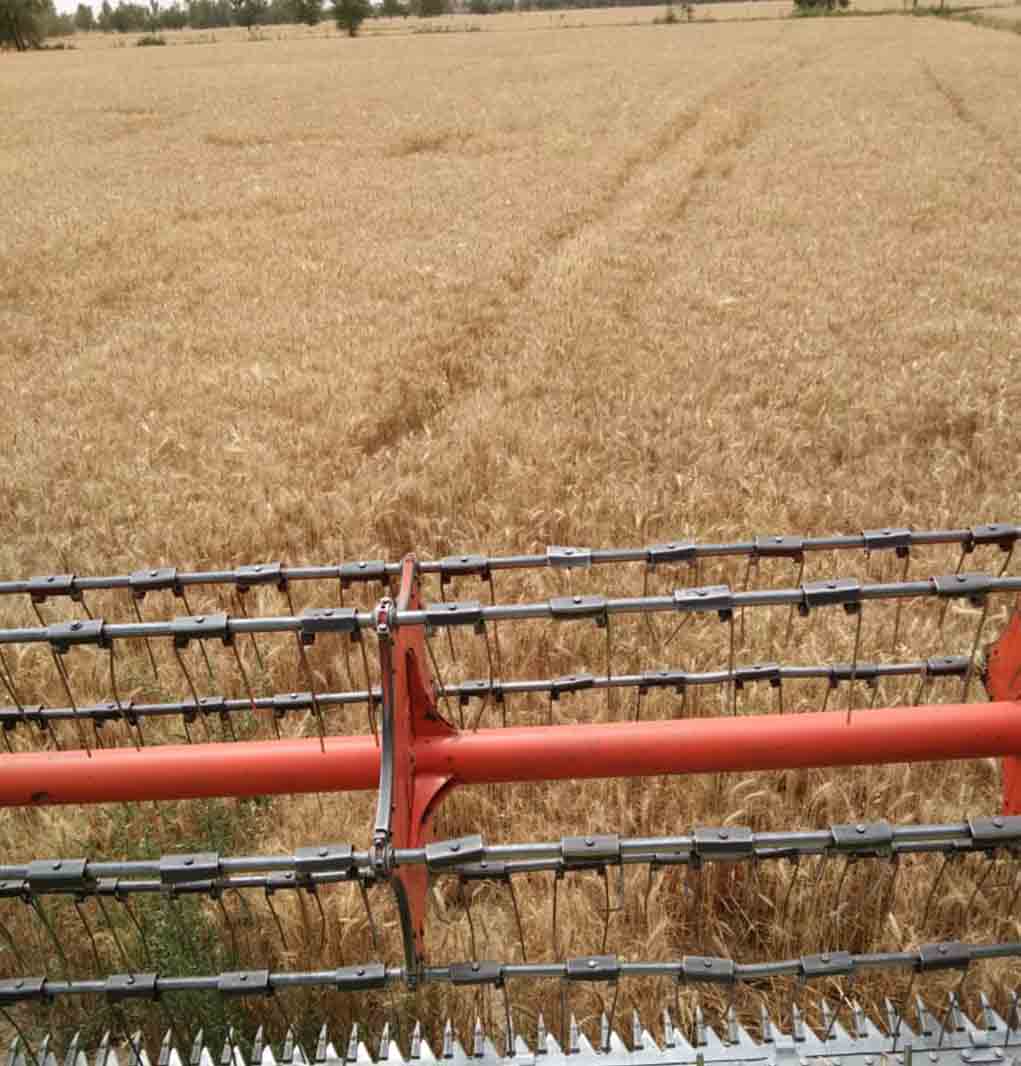
This Survey is based on telephone interviews of 43 informants from 21 villages across 10 States of India. These are villages where detailed socio-economic surveys have been conducted during the last decade by the Foundation for Agrarian Studies (FAS) under an India-wide programme of village studies, titled the Project on Agrarian Relations in India (PARI). The project involves description and analysis, and the creation of a detailed database on village India in diverse agro-ecological and socio-economic regions of the country. PARI began in 2006, and now covers 27 villages in 12 States of the country. The villages cover a wide range of different agro-ecological regions in the country.
For the Rapid Assessment Survey to study the impact of Covid-19 on rural India, we have considered 19 of the 27 PARI villages (details are in the table below). In addition, we have also conducted three interviews in two villages, Adat and Chittilappilly in the Adat panchayat in Thrissur district, Kerala.
The survey team selected two to three informants from each village making sure to identify at least one manual worker and one peasant household. The questionnaire canvassed with each informant had three broad sections: on health, on household employment and incomes, and on government benefits. At the beginning of every call the respondents were informed about the purpose of this exercise. The interviews were conducted after receiving full consent from the respondents.
Interview team: Arindam Das, Gaurav Bansal, Ranjini Basu, Soham Bhattacharya, Deepak Johnson, Rakesh Kumar Mahato, Shruti Naghbhushan, Mrityunjay Pandey, Subhajit Patra, Jancy Rani, C.A. Sethu, Shamsher Singh, V. Surjit, and L. Vijay Kumar.
Survey Coordinators: Tapas Singh Modak and Sandipan Baksi.
The questionnaire used for the survey is available here.
Table List of villages with specific features
| Village | District | State | Some specific features | Number of interviews |
| Katkuian | West Champaran | Bihar | Groundwater irrigated. Major source of labour out-migration. | 3 |
| Nayanagar | Samastipur | Bihar | Groundwater irrigated. Falls in the litchi-growing region of Bihar. | 3 |
| Alabujanahalli | Mandya | Karnataka | Falls in the Cauvery-irrigated region of South Karnataka. The major crops grown are sugarcane, rice, and finger millet. | 1 |
| Siresandra | Kolar | Karnataka | Dry village. Sericulture and dairying are important agricultural activities | 3 |
| Zhapur | Kalaburagi | Karnataka | Unirrigated village. Many workers from the village are employed as daily labourers in stone quarrying. | 2 |
| Adat | Thrissur | Kerala | Low-lying wet region known traditionally for rice cultivation. | 2 |
| Chittilappily | Thrissur | Kerala | Low-lying wet region known traditionally for rice cultivation. | 1 |
| Gharsondi | Gwalior | Madhya Pradesh | Limited canal and groundwater irrigation. The major crops are soya bean, wheat, sesame, and black gram. | 2 |
| Warwat Khanderao | Buldhana | Maharashtra | Unirrigated. Cotton is the main crop. | 2 |
| Tehang | Jalandhar | Punjab | Groundwater irrigated. Rice (Kharif), and Wheat (Rabi) are the main crops. Agricultural activities in the village are performed mostly by migrants from Bihar. | 2 |
| Hakamwala | Mansa | Punjab | Groundwater irrigated. Rice (Kharif), and Wheat (Rabi) are the main crops. | 2 |
| Venmani | Nagapattinam | Tamil Nadu | Located in the Lower Cauvery delta. Rice (Kharif) is the main crop. | 3 |
| Palakurichi | Nagapattinam | Tamil Nadu | Located in the Lower Cauvery delta. Rice (Kharif) is the main crop. | 2 |
| Mainama | Dhalai | Tripura | It has a mix of low land and sloping land. Rice and vegetables are cultivated on low land. Rubber is cultivated on slopping land. | 1 |
| Khakchang | North | Tripura | It is a tribal village located near the border of Tripura and Mizoram. Slash and burn (jhum) cultivation in practiced here. | 1 |
| Muhuripur | South | Tripura | A low land village characterised by rice and vegetables cultivation. River Lift Irrigation (RLI) is the main source of irrigation. | 2 |
| Harevli | Bijnor | Uttar Pradesh | Canal-irrigated. Rice, wheat, and Sugarcane are the main crops. | 2 |
| Mahatwar | Ballia | Uttar Pradesh | Groundwater irrigated. The major crops grown are rice, maize and wheat. Livestock activity is important for all sections of households. | 2 |
| Panahar | Bankura | West Bengal | Groundwater irrigated. The major crops are Rice (Kharif, and Summer), potato, and sesame. | 3 |
| Amarsinghi | Malda | West Bengal | Groundwater irrigated. The major crops are Rice (Kharif, and summer), and jute. It is source of labour out-migration to North India. | 3 |
| Kalmandasguri | Koch Bihar | West Bengal | Unirrigated. Muslim and Schedule Castes (Rajbanshi) households constitute the majority in the village. Fishing is an important occupation among Muslim households. A major source of labour out-migration. | 1 |










